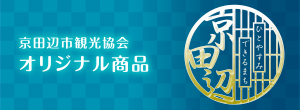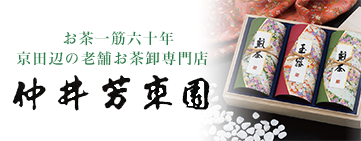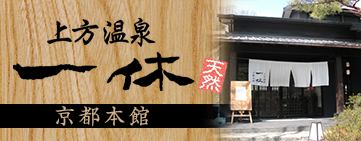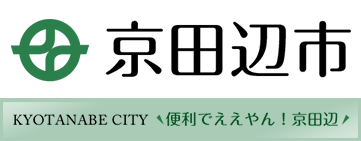碑陰『この大住の地は奈良朝以前七世紀ごろから九州の大隅薩摩日向の三國隼人が移住して月読神社に奉仕したといわれ日本芸能の主流とされている 昭和四十七年四月に大住隼人舞保存会を結成した 昭和五十年十二月十九日に田辺町指定文化財(無形)第一号に指定された 御大典を記念し記念碑を建立す 平成二年十一月十二日 月読神社総代 一同 大住隼人舞保存会一同』 約1300年前に大隅隼人が朝廷に仕え、宮廷で演じたとされる古代芸能を復活させたもの。 毎年10月14日に月読神社と天津神社に奉納される。 四方に笹付きの竹を立て、縄を張りめくらせた舞台には、正面の大竹に天蓋がつけられ、五色の幡を垂らし、米や塩、野菜などが備えられる。 隼人は地元の中学生の子どもたち。古代の衣装に身をまとい、手には剣や楯などの武具、扇、鈴を持ち、太鼓や笛の音に合わせて舞を舞う。
古墳・遺跡・石碑・跡


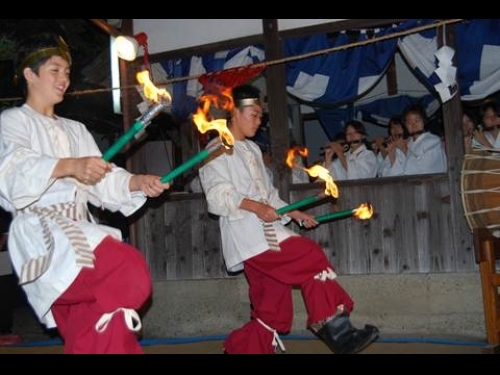
隼人舞発祥之碑
隼人舞発祥之碑
"This ancient folk dance, made as an offering at Tsukiyomi Shrine and Amatsu Shrine on the evening of the 14th of October, was first performed approximately 1300 years ago by the Oosumi Hayato people from present-day Kagoshima in service to the imperial court. Along with the Iwato-kagura dance it is considered one of the original Japanese folk arts. The stage is hung with a thick thatch rope and decorated with a bamboo pole that has bamboo grass pointing towards the four compass points. In front of the stage, flags in five colours hang down and a red hood is placed on a giant piece of bamboo. Rice, salt and vegetables are displayed as offerings to the gods. Now the Hayato dancers are local junior high school students. They dress in traditional clothes, carry fans, bells, and a sword or shield, and dance in time to a taiko drum and flute."



